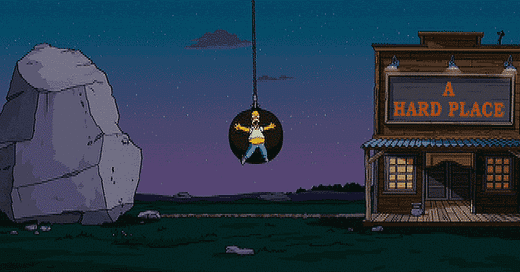Writing — it is all we want to do, and yet sometimes it is also the last thing we want to do. In fact, my house is often never cleaner than when I am on a deadline!
At the moment I am working one-to-one with many writers during my Summer School and, like all of us, they are negotiating life’s ups and downs — for good reasons, for sad reasons — and it can feel impossible during those times to find time, energy or inclination to write.
I understand, I have been there, particularly very recently when my bestfriend died, but giving ourselves a hard time during testing times is not conducive to feeling creative, and so I thought it would be helpful to put together a list of ten things you can write when you don’t feel like writing because we can still make progress on our work-in-progress even when we are not sat in the chair.
My list is non-exhaustive of course and also includes ‘ways’ as well as ‘things’, and often we are tricking ourselves into writing: setting timers for five minutes for example and then realising we don’t want to stop, or creating a ritual around writing like pouring a nice cup of tea or sitting down somewhere cosy, or in front of a beautiful vase of flowers.
I would also love to hear in the comments what you write when you don’t feel like writing.
So here are my ideas — looking forward to hearing yours.
Ten things to write when you don’t feel like writing:
A list — sometimes sitting down to a blank page and expecting to fill it with beautiful prose is just too much to ask of yourself. But writing does not have to be in a straight line, it can be in bullet points. It might be that you have been having ideas for your work-in-progress but you haven’t found time to make it to the page, in that case even writing a list of those thoughts is writing. Another list you might want to make is something like ‘ten things my protagonist likes/dislikes’ or ‘ten moments in my protagonist’s life when they were happy/sad’. All of this thinking on the page is work, and all of it is writing.
Think outside of the page — I mentioned the blank page above but of course increasingly this is a digital one, but that blinking cursor on our computer screen can often make us aware of what it not on the page. So leave that page and find something else to write on — the back of an envelope, a piece of kitchen towel, a smooth stone in your garden (keep a felt-tip in your pocket when you’re weeding). Mixing up media like this might also reinvigorate your writing. Giving yourself permission to write on anything/anywhere (law permitting!) might just loosen something up to help you make it to the page after all.
Dialogue — if the prose is not coming, then write a play. I mean, not literally, but your progress that day might just be recounting a conversation you had in dialogue or an imagined one for your protagonist, it is still progress. If you are writing non-fiction or memoir, it might be that this act of recalling a conversation sparks more memories — what you were wearing that day, where you were going next, where you had been — but this is all useful stuff. Sometimes as well when I trick my brain into writing like this, I automatically just start filling in those details on the page, and suddenly a piece of dialogue has sparked a page of prose after all.
Try a poem — sometimes we have the scene in our head but the prose to describe it is not there, in that case try containing that image inside a poem. It only needs to be a few lines, but it is like pinning a butterfly to the page rather than letting that beautiful image fly away from you.




